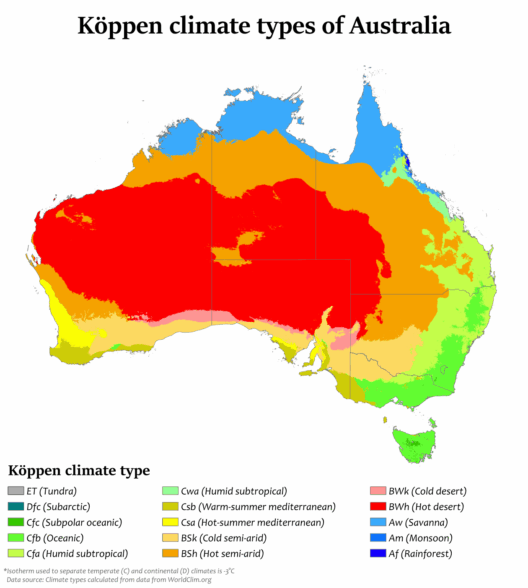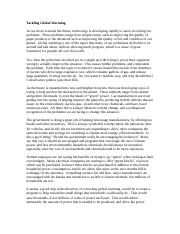The landscape of climate change is inherently complex, and understanding the various contributors to global warming is imperative for effective environmental action. Among these contributors, two gases stand out for their potency: methane (CH4) and nitrous oxide (N2O). This composition explores the nuances in their global warming potential, earthy sources, atmospheric behavior, and impacts on climate change.
Methane, a hydrocarbon gas, is significantly more effective at trapping heat in the atmosphere than carbon dioxide (CO2), making it a formidable greenhouse gas. Over a 20-year period, CH4 possesses a global warming potential (GWP) approximately 84-87 times greater than CO2. However, its longevity in the atmosphere is shorter, typically ranging between 10 to 20 years. This transient nature allows it to exert substantial warming effects while decaying more rapidly than many other greenhouse gases.
On the other hand, nitrous oxide, primarily emitted through agricultural and industrial activities, has a GWP that is about 298 times greater than CO2 over a 100-year timeframe. Its atmospheric persistence is significantly longer, ranging from 114 to 120 years. This durability enhances its climate impact over extended periods, allowing for far-reaching effects on global warming.
Understanding these gases necessitates examining their sources. Methane emissions are largely attributed to agricultural practices, fossil fuel extraction, and livestock digestion, specifically enteric fermentation in ruminants. Additionally, the decay of organic matter in landfills contributes significantly to methane’s atmospheric concentration. Conversely, nitrous oxide emissions stem mainly from agricultural activities, particularly the application of synthetic fertilizers and manure, along with fossil fuel combustion and certain industrial processes.
Examining the atmospheric behavior of these two gases reveals critical differences. Methane is short-lived and undergoes a process called photochemical oxidation, wherein it reacts with hydroxyl radicals (OH) in the atmosphere to produce CO2 and water vapor. This conversion process, while indicative of methane’s declining potency, underscores its immediate impact on climate warming during its short atmospheric tenure.
Nitrous oxide, by contrast, does not undergo a similar rapid degradation process. Its interactions in the atmosphere lead to a variety of complex feedback loops, promoting ozone depletion and contributing to warming through various mechanisms. The stratospheric impact of N2O is particularly concerning as it catalyzes the degradation of ozone, exacerbating concerns associated with ultraviolet radiation and its subsequent harmful health effects on humans and ecosystems.
Furthermore, both CH4 and N2O are intricately woven into the fabric of climate feedbacks, particularly in the context of land use changes, agricultural intensification, and climate policies. Reducing emissions of both gases is critical to achieving broader climate goals, yet approaches must be nuanced and context-specific. For instance, strategies targeting methane could include enhancing livestock diets or improving landfill management, while those aimed at nitrous oxide may focus on optimizing fertilizer application and promoting diverse agricultural practices.
The interplay between these gases extends beyond environmental considerations; it encapsulates socio-economic dimensions as well. Addressing methane emissions carries implications for food security, especially in agricultural communities reliant on livestock. Direct action to mitigate methane can not only curb warming but also enhance productivity and address public health. Similarly, mitigative measures related to N2O must be integrated into the broader conversation about sustainable farming practices to ensure food systems remain resilient in the face of climate change.
In terms of current emissions trends, methane levels have been rising at an accelerated pace, largely attributed to human activity and industrial growth. The global community recognizes this surge and is exploring various frameworks to harness management strategies that effectively target methane. The Global Methane Pledge is one such initiative which calls for a 30% reduction in global methane emissions by 2030, providing a tangible goal for nations to collaborate on.
In contrast, nitrous oxide emissions have proven more challenging to combat, primarily due to their agricultural roots and the inherent complexities associated with food production systems. Yet, the synergistic approach that adopts sustainable agricultural practices can yield dividends in mitigating emissions while enhancing ecosystem health. Innovations such as precision farming or regenerative agriculture are key areas of focus to ameliorate N2O output without sacrificing productivity.
Ultimately, assessing whether methane or nitrous oxide has a higher global warming impact requires a multi-dimensional lens. While methane holds a greater GWP in the short term, nitrous oxide’s longer atmospheric lifetime allows it to make a substantial, albeit delayed, contribution to global warming. The conversation cannot solely remain rooted in numbers but must evolve to consider a wider spectrum of factors, including socio-economic consequences and innovation potential.
The dual challenge posed by CH4 and N2O reaffirms the urgency of climate action and the need for comprehensive strategies that address both gases effectively. For sustainable solutions to emerge, every stakeholder—from policymakers to farmers—must recognize their role in mitigating emissions. A concerted effort can cultivate a more resilient future, one that prioritizes climate integrity while ensuring food security for generations to come.
In conclusion, understanding the superiority of CH4 or N2O in terms of global warming impact encompasses a complex interplay of greenhouse gas properties, sources, and socio-economic dimensions. As scientists and activists alike continue to unravel the intricacies, humanity must remain engaged and proactive, striving to diminish the greenhouse gases that threaten our planet’s future.






